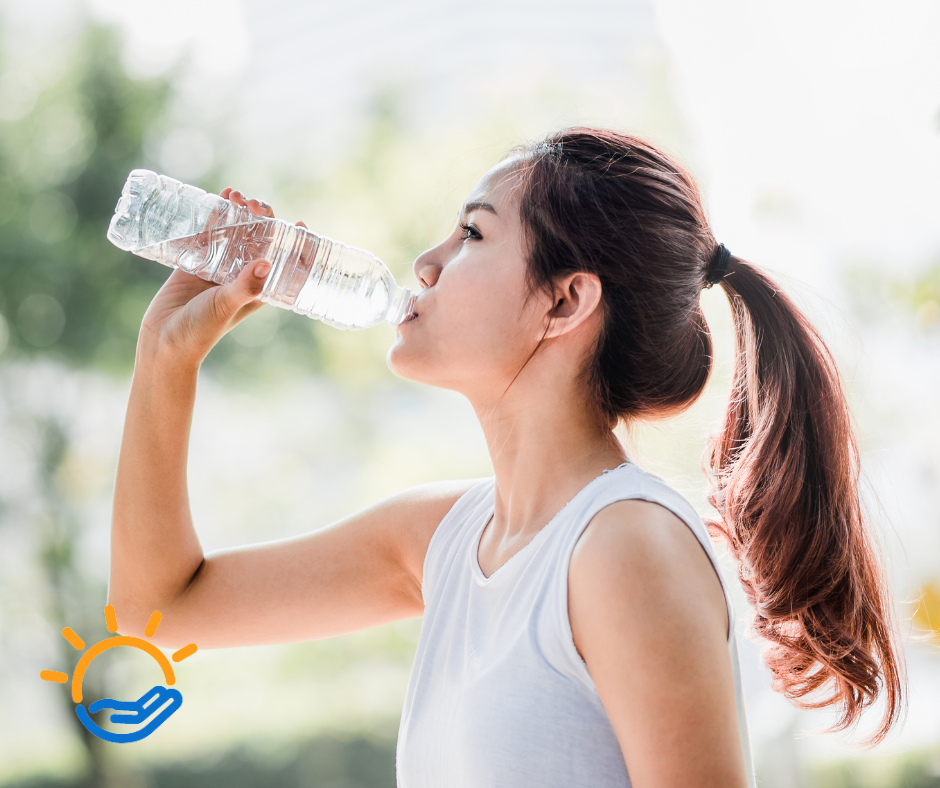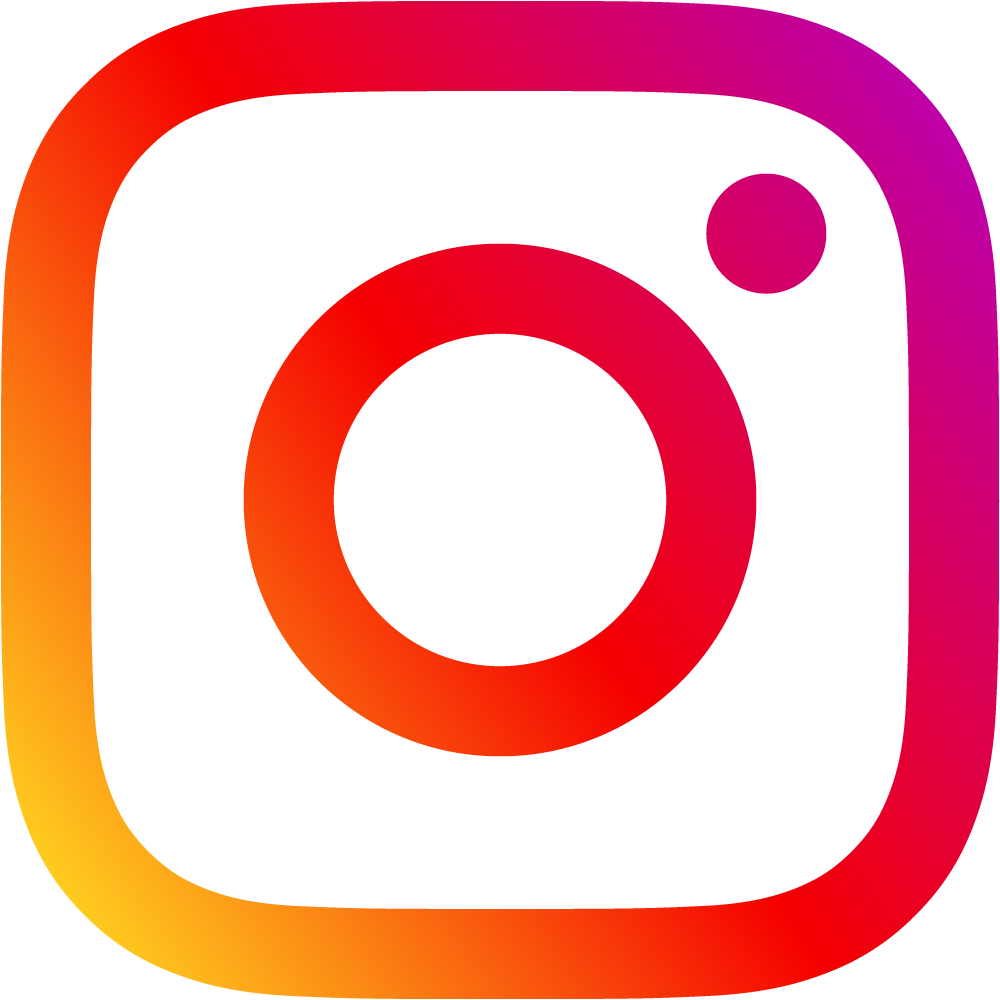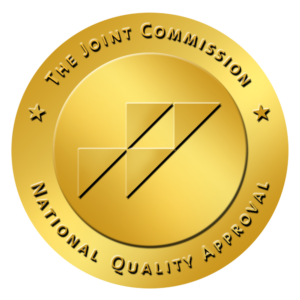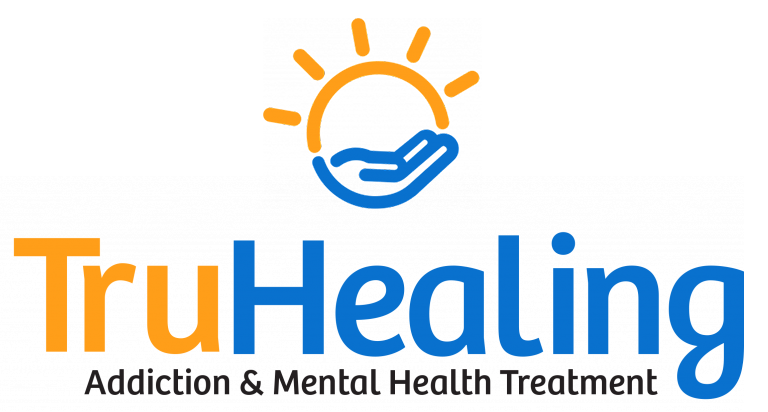Getting physically sober is only the first part of recovery; it opens you up to start healing. But healing physically is part of this process. Many of us in recovery neglected basic self-care when we were in active addiction. Addiction often disconnects you from your body. Some of us with addiction may have already been disconnected from our bodies, and using substances exacerbated that. Recovery provides an opportunity to change our relationship to our physical selves.
I’ve heard it said that the first year of sobriety is for healing physically, the second year is for healing emotionally, and the third, spiritually. But coming up on eight years sober, I’ve found that none of this is linear. Learning to take care of my body is intertwined with learning to care for my emotional and mental health—and it’s an ongoing process.
Yoga is often called a “moving meditation,” which is why it’s great for integrating physical, emotional, and mental health. You have to focus your full attention on your body and your breath, which can help relieve anxiety. Multiple studies have shown that several months of yoga reduces levels of cortisol[1], a hormone released when you’re stressed or in fight-or-flight.
Another great way to connect to your body in recovery is to try body scan meditations. Many of us have a hard time understanding how our emotions feel in our bodies, which can cut us off from ourselves both mentally and physically.
According to the popular meditation app Headspace, “Sometimes we are so caught up in our stress, we don’t even realize our physical discomfort is connected to our emotional state. That’s when a body scan meditation can be particularly useful and effective, allowing us to check in with our bodies.”[2]
When you’re having trouble sitting with an emotion, noticing where you feel it in your body can be particularly useful. Send breath to that area. Notice how quickly the sensation fades—how emotions, along with their physical sensations, are constantly ebbing and flowing.
I spent the first several years of sobriety focusing on emotional and mental health—which changed my life for the better in profound ways—but can sometimes forget that physical self-care is a piece of the puzzle. Basic things like getting proper nutrition and sleep are often overlooked during active addiction, but we may also forget about them in recovery; we have so many things calling our attention.
When people are in the throes of addiction, their nutrition often suffers. This could be because of a poor diet, a lack of appetite, or the way the drug itself affects the body. For instance, according to the National Institute on Alcohol Abuse and Alcoholism, “Alcohol impairs nutrient absorption by damaging the cells lining the stomach and intestines and disabling transport of some nutrients into the blood.”[3]
It’s a good idea to keep nutrient-rich foods—like fruit, vegetables, protein, and complex carbohydrates—readily available, especially in early recovery as your body is doing a ton of work to heal. That way you’re more likely to grab those foods. In early recovery, proper nutrition plays a big role in helping your body heal from the damage caused by addiction. It improves mood and cognitive functioning, which helps you form new neural pathways in recovery. This shows how strong the connection is between your body and mind.
Taking care of yourself in recovery isn’t just about learning self-awareness, setting boundaries, or connecting to your support system (though those things are so important too). Healing your body is part of recovery, too.
If you are struggling with a substance use or mental health disorder, there is hope. TruHealing Centers offers high-quality treatment for addiction and mental health disorders in facilities across the country. Our staff—many of whom are in recovery themselves—will help you learn to take care of yourself in all ways. To learn more, call an admissions specialist at 410-593-0005.
[1] https://www.healthline.com/nutrition/13-benefits-of-yoga#TOC_TITLE_HDR_2
[2] https://www.headspace.com/meditation/body-scan
[3] https://pubs.niaaa.nih.gov/publications/aa22.htm








